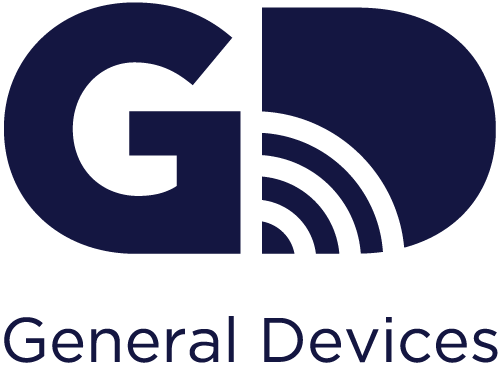Relieving ED Physician Burnout
What is Considered ED Physician Burnout?
Reports show physician burnout is on the rise year after year. A burnout is a long-term stress reaction marked by emotional exhaustion, depersonalization, and a lack of sense of personal accomplishment. Burnout is also associated with increased medical error, professionalism issues, and diminished ability to empathize, all leading to worse quality of care. Side effects include exhaustion, cynicism, doubt, depression, alcohol abuse, and even suicide. Physician suicide rates skyrocketed and account for over 400 deaths annually, and they are rising in severity year after year.
According to a report released by Mayo Clinic, 54.4% of physicians indicated that they experienced at least one symptom of burnout. ED physicians experience one of the highest percentages of burnout at 48%.
What Causes ED Physician Burnout?
According to an article published on the US National Library of Medicine National Institutes of Health, a leading cause of physician burnout is associated with their attempt at care coordination and bureaucratic tasks. Most physicians spend majority of their time trying to communicate with their team to gather and report the appropriate patient data, like recording notes in the EMR (Electronic Medical Record). EMR may be more efficient for long-term goals, but it takes away present time with patients. A 2016 study showed that for every hour a physician spends with a patient, they spend two hours in the EMR.
Other factors contributing to burnout include long and inconsistent working hours, with little to no control over when you work and who you see during these hours, working with difficult patients, a poor work-life balance, and loss of autonomy. ED physicians go into the profession to take care of patients and do what they think is best for them, but now they’re micromanaged and told what to do. There are also circumstances where staff is low or there’s an influx of patients, adding to the physician’s already busy schedule and heavy workload. On top of this, many ED physicians lose out on “hour lunch” or breaks, since they’re constantly on-the-go and on their feet.
Let’s Focus on Preventing ED Physician Burnout
Too many physicians experience symptoms of burnout, and the time has come to focus on the preventative measures.
One way is finding the right balance of work and leisure life. Emergency Medicine is fast-paced and high-stakes, demanding physical and mental vigor. Physicians should be more mindful about supporting their physical wellbeing through adequate sleep, a healthy diet, and regular exercise.
Leaders, such as senior leaders, unit managers, and medical directors, could also take action by undertaking a “Leader Rounding” in the ED, where they can verbally recognize physicians for their hard work and physicians can inquire about issues. ED and hospital leaders should advocate for effective and efficient electronic medical records and ordering systems so physicians aren’t shackled to computers for the majority of their shifts.
There are other preventative measures ED physicians can take such as learning when to say no and suggesting someone better suited for the same job, not being so hard on themselves for medical errors, which leads to increased anxiety for future errors, or finding a “failure friend,” who understands the context and can reciprocate their emotions as well. ED physicians should also seek help if they begin noticing any signs of burnout. They can reach out to their hospital or wellness center, try therapy, or even a life coach.
There are many ways to tackling ED physician burnout. It’s vital that physicians are mindful toward their wellbeing and willing to help themselves, while also being surrounded by a helpful support system.
About GD (General Devices)
GD enables smarter patient care by empowering hospitals, EMS, community healthcare, and public safety with the most comprehensive, interactive, configurable, affordable, and integrated FDA listed medical communication and mobile telemedicine solutions. The benefits of which are enhanced workflows, minimized risk, reduced costs, and improved patient outcomes. Learn more at www.general-devices.com.


